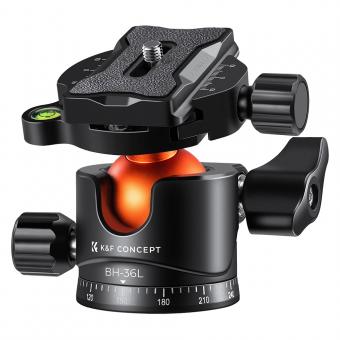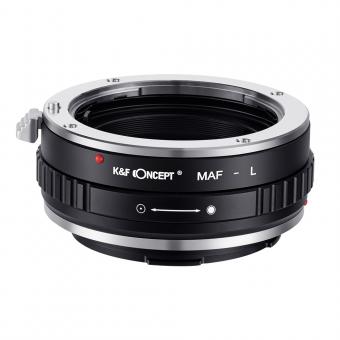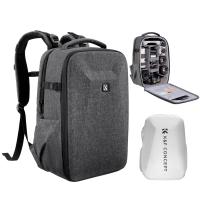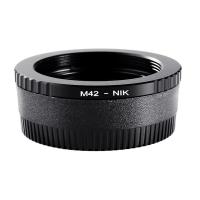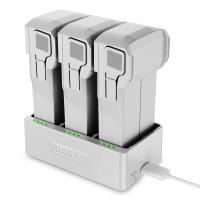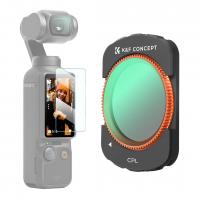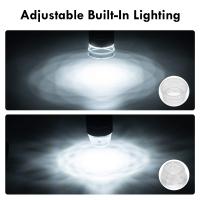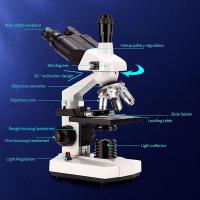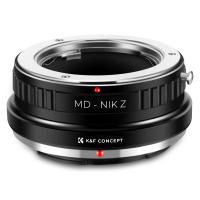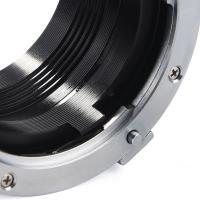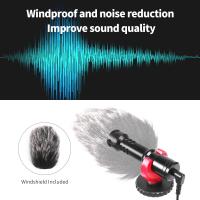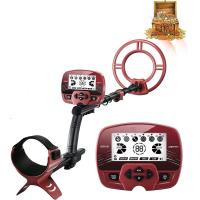Elderly Lady Refuses Endoscope What Is Alternative ?
If an elderly lady refuses to undergo an endoscope procedure, there are alternative diagnostic tests that can be considered depending on the specific medical condition being evaluated. For example, if the patient is experiencing gastrointestinal symptoms, a barium swallow or upper GI series may be an alternative diagnostic test. Alternatively, imaging tests such as CT scans or MRI scans may be used to evaluate certain conditions. It is important for the healthcare provider to discuss the risks and benefits of alternative diagnostic tests with the patient and make a joint decision on the best course of action.
1、 Non-invasive diagnostic tests
Non-invasive diagnostic tests are a viable alternative for an elderly lady who refuses an endoscope. These tests are less invasive and do not require sedation or anesthesia, making them a safer option for older patients. Some of the non-invasive diagnostic tests that can be used include:
1. Ultrasound: This test uses sound waves to create images of the body's internal organs. It is a painless and non-invasive procedure that can be used to diagnose a variety of conditions.
2. CT scan: A CT scan uses X-rays to create detailed images of the body's internal structures. It is a non-invasive test that can be used to diagnose a range of conditions, including cancer, heart disease, and neurological disorders.
3. MRI: An MRI uses a magnetic field and radio waves to create detailed images of the body's internal structures. It is a non-invasive test that can be used to diagnose a range of conditions, including cancer, heart disease, and neurological disorders.
4. Blood tests: Blood tests can be used to diagnose a range of conditions, including infections, autoimmune disorders, and cancer. They are a non-invasive test that involves taking a small sample of blood from the patient.
It is important to note that the choice of diagnostic test will depend on the patient's specific condition and symptoms. The latest point of view is that non-invasive diagnostic tests are becoming increasingly popular due to their safety and effectiveness. They are also more convenient for patients, as they do not require hospitalization or a lengthy recovery period.
2、 Imaging techniques (CT, MRI, ultrasound)
Elderly lady refuses endoscope, what is the alternative? Imaging techniques such as CT, MRI, and ultrasound can be used as an alternative to endoscopy. These imaging techniques are non-invasive and can provide detailed images of the internal organs and structures without the need for an endoscope.
CT scans use X-rays to create detailed images of the body, while MRI uses a magnetic field and radio waves to produce images. Ultrasound uses high-frequency sound waves to create images of the body's internal structures. These imaging techniques can be used to diagnose a wide range of conditions, including gastrointestinal disorders, cancer, and other diseases.
However, it is important to note that these imaging techniques may not provide the same level of detail as an endoscope. Endoscopy allows doctors to directly visualize the inside of the body and take tissue samples for further analysis. In some cases, endoscopy may be necessary for an accurate diagnosis.
It is also important to consider the patient's preferences and concerns when deciding on an alternative to endoscopy. Some patients may prefer non-invasive imaging techniques, while others may be more comfortable with endoscopy. Ultimately, the decision should be made in consultation with the patient and their healthcare provider.
In recent years, there has been a growing interest in the use of virtual endoscopy, which uses advanced imaging techniques to create a 3D model of the inside of the body. This technique may provide a less invasive alternative to traditional endoscopy, but further research is needed to determine its effectiveness and safety.
3、 Blood tests and stool tests
Elderly lady refuses endoscope, what is the alternative? Blood tests and stool tests are the alternative diagnostic tools that can be used to detect gastrointestinal disorders in elderly patients who refuse endoscopy. Blood tests can help to identify the presence of inflammation, anemia, and other abnormalities in the body that may indicate the presence of a gastrointestinal disorder. Stool tests can help to detect the presence of blood, bacteria, and other substances in the stool that may indicate the presence of a gastrointestinal disorder.
However, it is important to note that endoscopy is considered the gold standard for diagnosing gastrointestinal disorders, and blood and stool tests may not provide as accurate a diagnosis. In some cases, a combination of diagnostic tools may be necessary to accurately diagnose a gastrointestinal disorder in an elderly patient who refuses endoscopy.
It is also important to consider the reasons why the elderly lady is refusing endoscopy. Fear, anxiety, and discomfort are common reasons why patients may refuse endoscopy. In such cases, it may be helpful to provide the patient with information about the procedure, including the benefits and risks, and to offer sedation or other forms of pain management to help alleviate any discomfort.
In recent years, there has been a growing interest in the use of non-invasive diagnostic tools, such as capsule endoscopy and virtual colonoscopy, which may be more acceptable to elderly patients who refuse traditional endoscopy. These diagnostic tools use advanced imaging technology to visualize the gastrointestinal tract without the need for invasive procedures. However, these diagnostic tools may not be suitable for all patients and may not provide as accurate a diagnosis as traditional endoscopy.
4、 Biopsy of other organs
Elderly lady refuses endoscope, what is the alternative? Biopsy of other organs may be an option, but it depends on the specific medical condition being investigated. Endoscopy is a common diagnostic procedure used to examine the digestive tract, but it can be uncomfortable and invasive, especially for elderly patients.
If an elderly patient refuses endoscopy, the alternative may be to perform a biopsy of other organs, such as the liver or pancreas. However, this approach may not be suitable for all medical conditions. For example, if the patient is suspected of having a gastrointestinal disorder, a biopsy of the digestive tract may be necessary to obtain an accurate diagnosis.
It is important to note that the decision to perform a biopsy should be made on a case-by-case basis, taking into account the patient's medical history, symptoms, and overall health. In some cases, alternative diagnostic tests, such as imaging studies or blood tests, may be used to obtain a diagnosis without the need for invasive procedures.
It is also important to consider the patient's preferences and concerns when deciding on a diagnostic approach. Healthcare providers should take the time to explain the risks and benefits of different diagnostic tests and work with the patient to develop a plan that is tailored to their individual needs and preferences.
In summary, while biopsy of other organs may be an alternative to endoscopy in some cases, the decision to perform a biopsy should be made on a case-by-case basis, taking into account the patient's medical condition, preferences, and concerns. Healthcare providers should work with patients to develop a personalized diagnostic plan that is both effective and comfortable for the patient.





